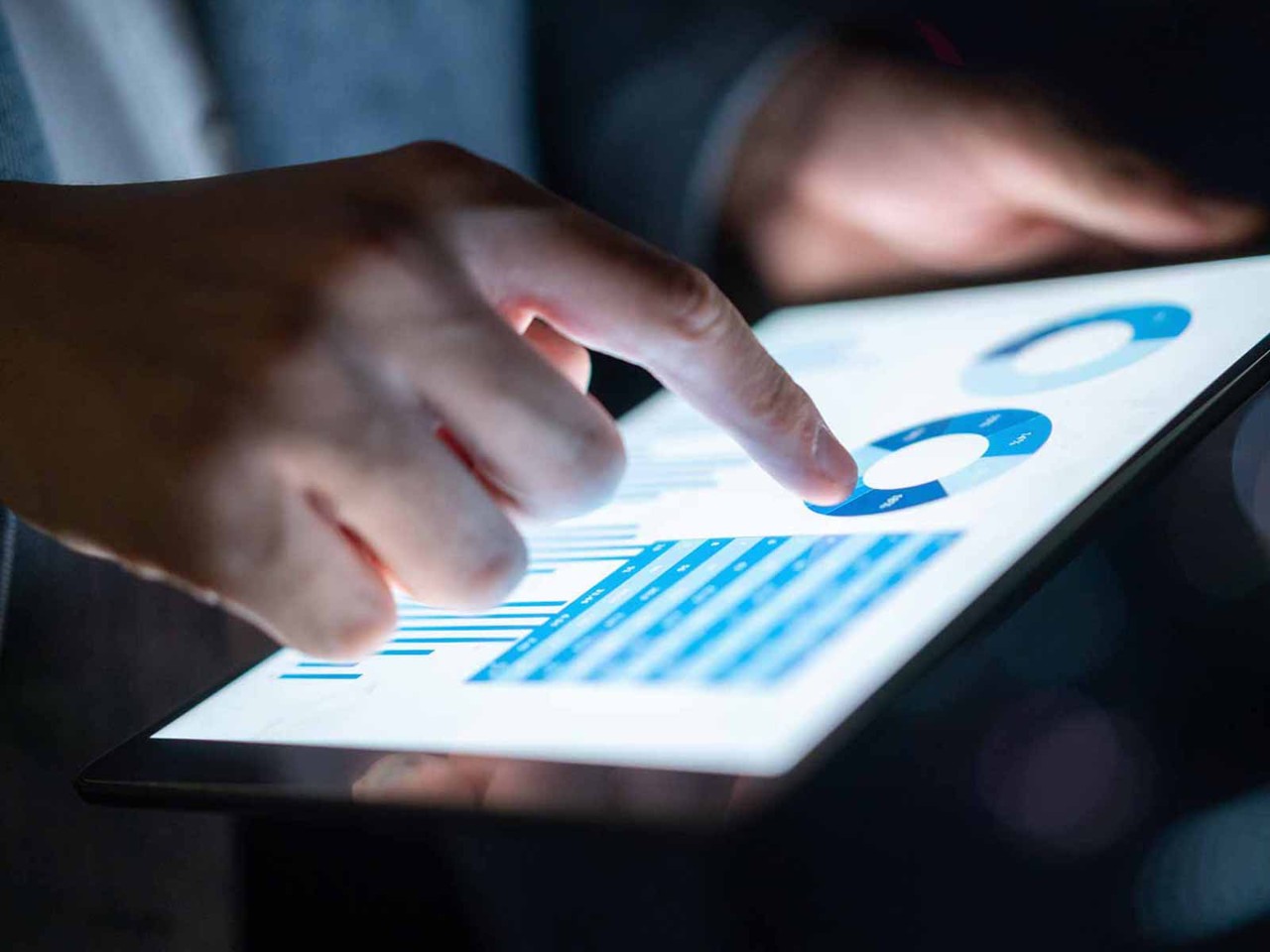
Supply chains already stressed by the Covid pandemic and the post-Covid surge in demand have been further impacted by the sanctions imposed on Russia for its attack on Ukraine, resulting in global disruption and soaring inflation.
For those organisations with complex supply chains, the challenges are enormous. ‘We’ve been running supply chains at near-capacity for some time,’ says Clive Webb, ACCA’s head of business research and author of Supply chains: a finance professional’s perspective. ‘This means every single link of that chain is optimised. One weak link in the chain disrupts the whole.
‘Organisations need to realise that disruption is the new normal and ask how they can create more resilience.’
‘As a CFO, you need to be modelling various scenarios, as now there isn’t just one fixed path’
Inextricable links
The high degree of integration across the global economy makes it an immensely complex affair for an individual enterprise to eliminate sanctions-hit Russian businesses from its supply chain.
Ukraine and Russia’s economies combined represent the tenth biggest economy in the world. Sanctions on Russian companies mean that a huge range of raw materials, manufactured products and commodities are no longer accessible to UK businesses. Ukraine itself is struggling to get its exports out because of the fighting in the country.
Even if a Russian entity has not been sanctioned, organisations face major risks in doing business with it. Not only is the reputational risk huge, but there are also severe financial penalties – as high as 2% of global turnover – for any business that contravenes the sanctions regime.
Analysis of the Russia-Ukraine crisis by Dun & Bradstreet shows how complex the compliance issue is. It reports sanctions on seven major Russian financial institutions and 13 Russian businesses. However, the total corporate family tree of these businesses includes 16,748 entities spread across 21 countries. There are 14,745 tier-one and 7.6 million tier-two supplier relationships with Russian entities globally.
Food supply
Russia is a huge exporter of fossil fuels, fertilisers, cereals and commodities, while Ukraine is a major exporter of cereals and commodities. Due to the supply chokehold, wheat prices are currently at their highest for 13 years. Expenditure on food accounts for over 40% of household income in many emerging economies, and that figure is set to rise.
Exacerbating the problems of agricultural exports is the vital role Russia plays in fertiliser production. It is the world’s biggest exporter of nitrogen fertilisers and second for those based on potassium. Fertiliser prices have risen by 40% since Russia invaded Ukraine earlier this year, and lack of fertiliser will reduce farming yields generally, compounding food supply problems.
Fuel
For western Europe the most immediate inflationary effect of the war has been on fuel prices, as has been well documented and experienced first-hand by consumers. The transport and logistics industry, and energy-hungry sectors such as fertiliser, aluminium and steel production, have also been hit hard.
- Gas: Russian gas is still being sent by pipeline to Europe. In the short and even medium term it cannot be readily replaced (see panel below).
- Liquid natural gas: imports into Europe from the rest of the world are set to rise, but the EU can store only about 40% of Europe’s needs.
- Oil: the US is releasing 1 million barrels of oil a day from its reserves to try hold down prices.
Metals
As far as metals are concerned, global supplies of titanium are abundant, but in ‘sponge’ form it is harder to find. This material is key to many manufactured products and its shortage has significant knock-on effects.
For example, titanium makes up 15% of a Boeing 787’s weight. Boeing buys a third of its requirement from VSMO-Avisma, a Russian business with which it had a joint venture, as does Airbus.
There are resources to be found in Japan, but this alternative doesn’t just solve the problem. ‘It’s almost impossible to just pivot from Russia through Japan,’ Webb explains. ‘It requires a reset of your business.’ Shifting procurement from Russia to Japan would result in greater transport and logistics costs and new relationships, and the related due diligence.
Logistics
Webb says the finance function will be central to adapting to the change. ‘Those that survive will have the leaner, more agile cultures and the better-quality data to enable them to manage. As a CFO, you need to be modelling various scenarios, as now there isn’t just one fixed path.’
Expertise in procurement and supply chain management will also have to be brought in or bought in. ‘Businesses must lean on their qualified procurement teams, or must bring in a professional that can advise,’ says Webb. ‘You must take a 360-degree view of the supply chain in times of crisis. Understanding what your supply chain is, and your dependencies, is absolutely vital.’
Key commodities: the alternatives
- Oil and gas: Russia supplies 41% of Europe’s gas and 34% of its oil. Alternative sources: OPEC, Norway, Venezuela, Iraq, US, Canada, Azerbaijan.
- Coal: Russia provides 46% of Europe’s coal. Alternative sources: Australia, US, Colombia, Canada.
- Palladium (batteries, microchips): Russia produces 37% of the world’s supply. The price has risen by 80% in the past two months. Alternative sources: South Africa, Canada, US, Zimbabwe.
- Nickel (batteries, coins, manufacturing): Russia produces 20% of world output. Trading was temporarily suspended in March 2022 when the price reached US$100,000 per tonne. Alternative sources: Indonesia, the Philippines.
- Platinum (catalytic converters, electrical goods, glass production, jewellery, medical/dental): Russia accounts for 12% of world supply. Alternative sources: UK, US, South Africa, Germany.
- Steel: Russia accounts for 20% of global steel exports. Alternative sources: China, India, US, Turkey.
- Enriched uranium (feedstock in nuclear power plants): Russia accounts for 35% of global exports (and 16% of total US imports). Alternative sources: France, US, China.
- Titanium sponge (aerospace, turbines, engineering): Russia exports 13% of the global total. Boeing and Airbus source around 50% of their requirement from Russia. Alternative sources: China, Japan.
- Neon gas (lasers, microchips): Ukraine provides over 90% of the world’s purified neon. Alternatives sources are rare.
- Military equipment: Russia accounts for 20% of global exports. Alternative sources: US, EU, China, UK.
- Sunflower oil: Ukraine accounts for 46% and Russia 23% of global supply. Prices rose 63% in 2021, prior to the invasion. Alternative sources: Argentina, Netherlands, US.
- Wheat and barley: Russia accounts for 19% and Ukraine 10% of global exports. Wheat prices climbed 50% following the invasion. Alternative sources: Canada, US, Australia.
- Fertiliser: Russia is the world’s largest exporter, with around 20% of total. Alternative sources: China, Canada, US, Morocco, EU.

